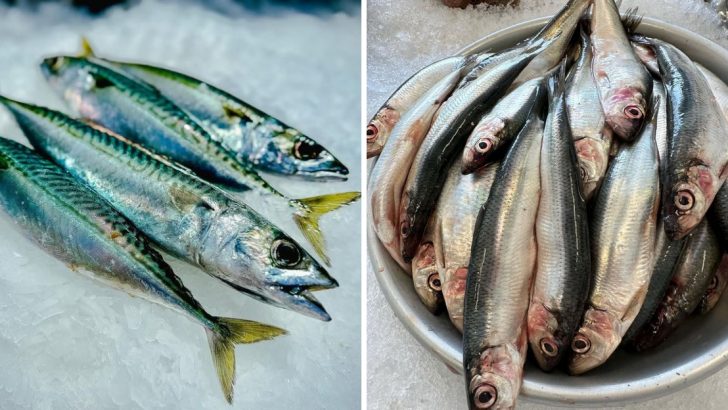Not all budget-friendly fish belong in your shopping basket. Some deliver tender, flaky fillets that taste far more expensive than they are, while others bring a mouthful of disappointment—or worse, questionable sourcing.
Smart seafood choices can stretch your dollars without sacrificing flavor or sustainability. These 10 affordable options are worth every penny, and the 8 on the skip list are best left behind the counter.
1. Buy: Pacific Saury
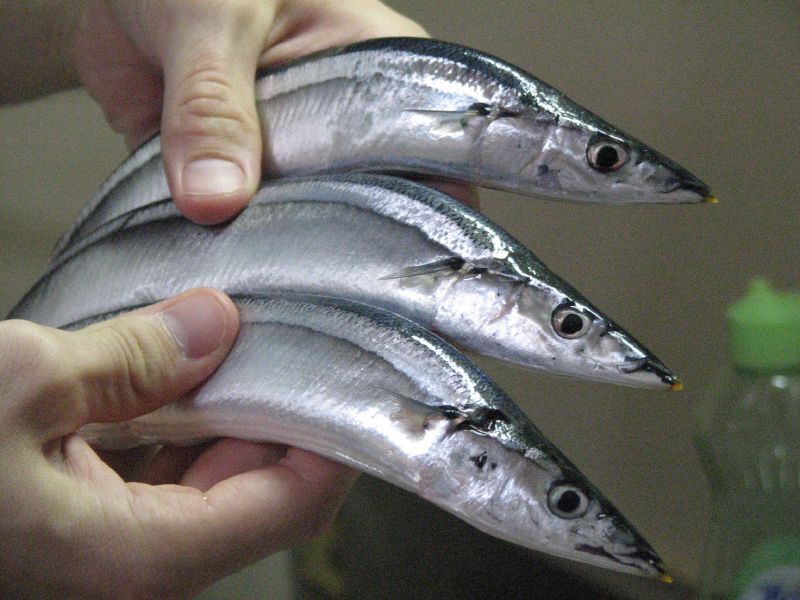
Pacific Saury, a slender fish with shimmering silver skin, is an affordable choice for seafood lovers. Known for its rich, oily texture, it cooks beautifully on a grill. Enhance its flavors with a simple squeeze of lemon.
This fish is not only abundant but also sustainable, making it a responsible choice for conscious consumers. Although its appearance might not be glamorous, its taste certainly is a showstopper.
2. Buy: Smelt

Smelt is a hidden gem for seafood lovers looking to eat well on a budget. These small, silvery fish are rich in omega-3s and calcium, especially when eaten whole—bones and all. Their delicate, mildly sweet flavor shines when pan-fried, baked, or even battered and crisped up for a satisfying crunch.
Smelt is often overlooked, yet it’s widely available and typically sourced in a sustainable manner. With its nutritional value, low cost, and culinary flexibility, smelt deserves a spot on the weekly menu.
3. Buy: Mackerel
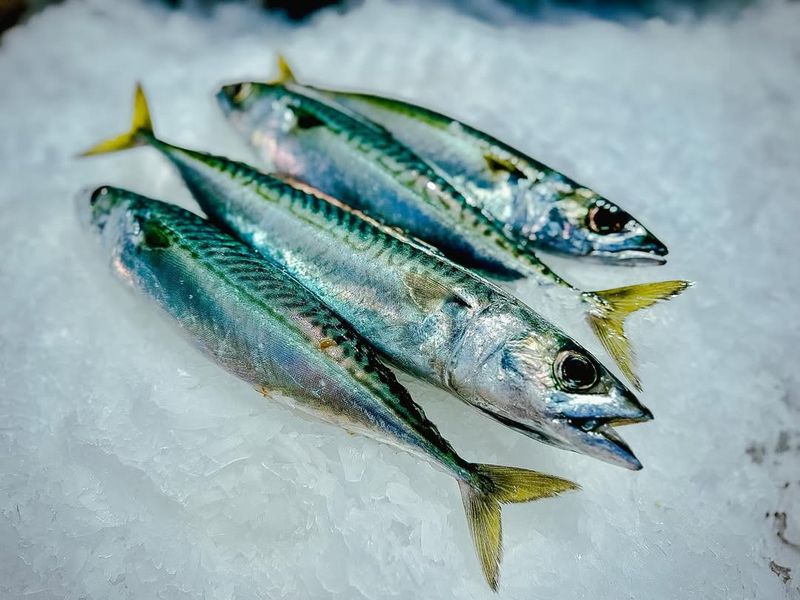
Mackerel is a fabulous choice for budget-conscious seafood lovers, offering not only affordability but also a rich omega-3 content. This oily fish is renowned for its robust flavor and is perfect when grilled or smoked.
Furthermore, it’s widely available and often caught sustainably, making it an environmentally friendly option. Mackerel is versatile in recipes, from salads to main courses. Its nutritional benefits, coupled with its price, make it a staple for healthy eating without breaking the bank.
4. Buy: Hake
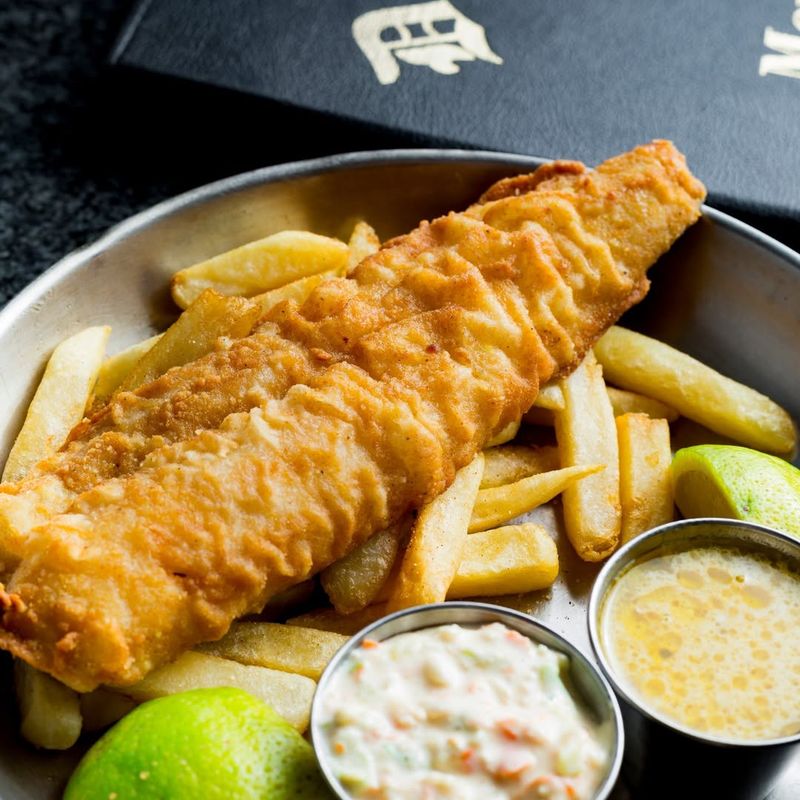
Hake is an affordable and mild-tasting fish, perfect for those who prefer less ‘fishy’ flavors. It’s highly adaptable in the kitchen, suitable for baking, poaching, or frying. Hake’s availability in many markets ensures it’s a convenient choice for seafood dinners.
Its lean protein content makes it a healthy option, supporting heart health and muscle growth. If you’re looking for a cost-effective and versatile fish, hake should be on your shopping list.
5. Buy: Grouper

Grouper, although not the cheapest on this list, offers a mild flavor and firm texture that appeals to many palates. It’s a versatile fish, excellent for grilling, baking, or frying. Grouper’s availability in local markets and its adaptability in various recipes make it a desirable choice for many.
However, overfishing concerns necessitate choosing responsibly sourced options. Despite its slightly higher price, the taste and texture of grouper provide a satisfying culinary experience.
6. Buy: Salmon Steaks
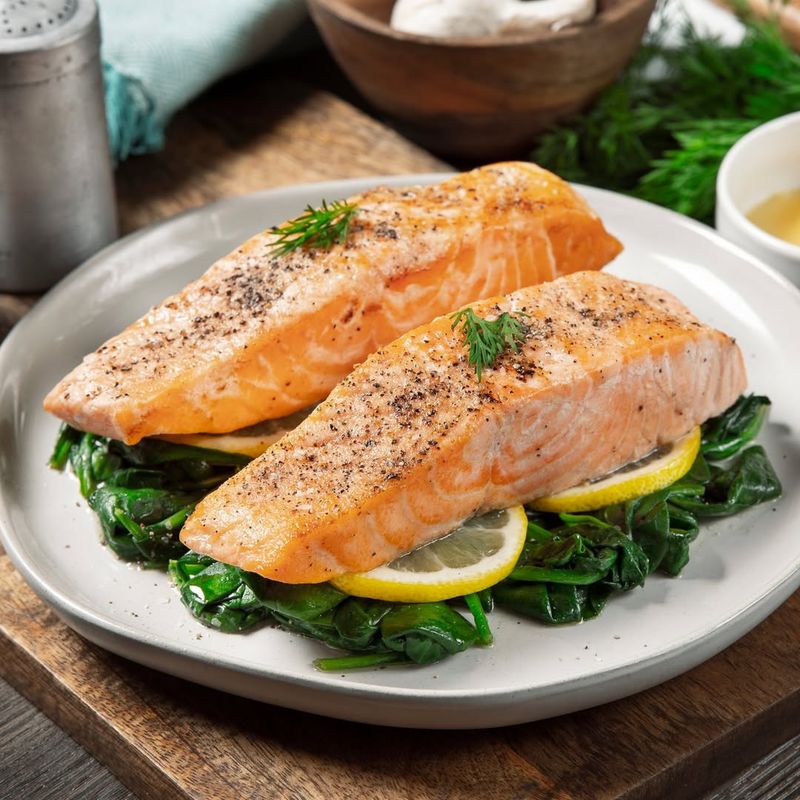
Salmon steaks are prized for their rich flavor and high omega-3 content, supporting heart and brain health. Although not the cheapest, they provide excellent value given their nutritional benefits. Salmon is versatile and can be grilled, baked, or pan-seared.
Sustainable farming practices have made salmon more accessible and affordable. When looking for a nutritious and flavorful option, salmon steaks strike a balance between cost and health benefits, making them a worthwhile addition to any meal plan.
7. Buy: Sardines
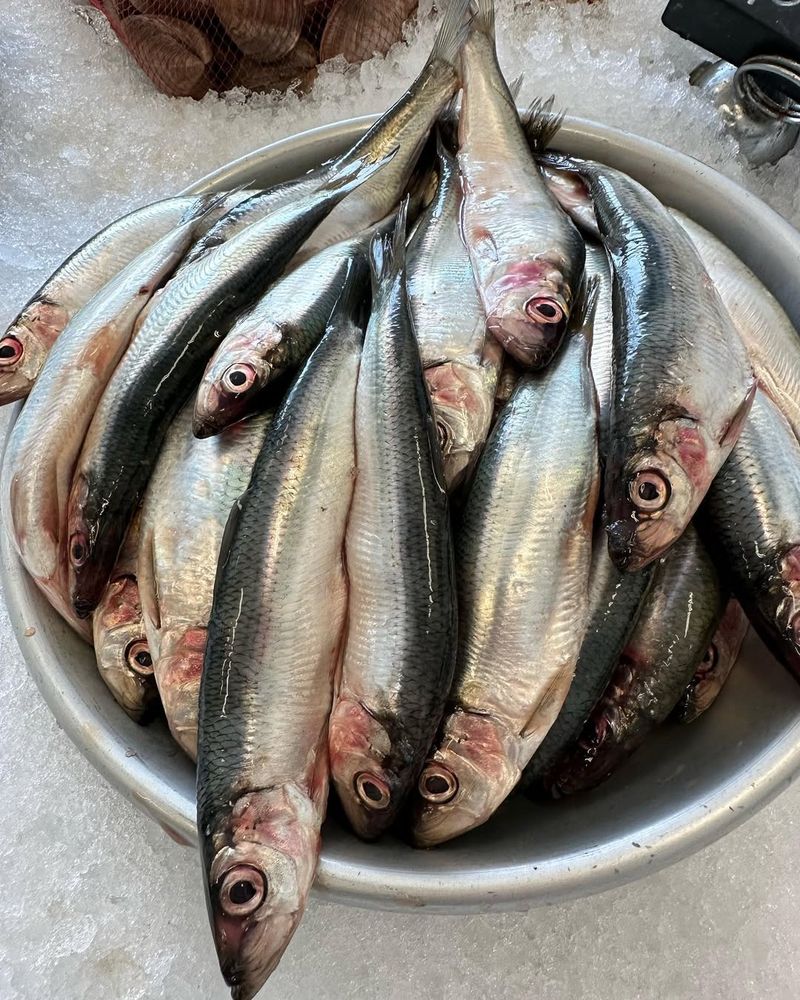
Sardines are a wallet-friendly and nutritious choice, packed with omega-3 fatty acids, vitamin D, and calcium. These small fish are often canned, making them a convenient pantry staple. Their robust flavor pairs well with salads, pastas, or on toast.
Sustainability is another plus, as sardines are generally caught in eco-friendly ways. Easy to prepare, sardines offer a quick and healthy meal option without denting the budget. Their nutritional profile makes them a top pick for health-conscious eaters.
8. Buy: Catfish

Catfish is an economical choice with a mild flavor and moist texture, making it a favorite in Southern cuisine. It’s ideal for frying, giving it a crispy exterior and tender inside. Widely farmed, catfish is readily available and often considered an environmentally sustainable option.
Its affordability and versatility in cooking methods make it a staple in many kitchens. Catfish offers a delicious and budget-friendly option for those seeking variety in their seafood intake.
9. Buy: Whiting

Whiting is a cost-effective and deliciously mild fish that is easy to cook. Its flaky texture and subtle flavor make it suitable for a variety of recipes, from frying to baking. Whiting is often found in fish and chips, providing a budget-friendly alternative to more expensive options.
Its availability and reasonable price make it a popular choice for families. When considering affordable seafood, whiting offers both taste and value.
10. Buy: Pollock

Pollock is a fantastic budget-friendly fish, commonly used in fish sticks and sandwiches. It’s a mild, flaky fish that pairs well with various seasonings and cooking methods. Pollock’s wide availability and sustainable fishing practices make it a responsible choice for seafood lovers.
This fish is rich in protein and low in fat, offering a healthy meal option. Its affordability and versatility make pollock a go-to choice for families looking to enjoy seafood without overspending.
11. Avoid: Atlantic Halibut
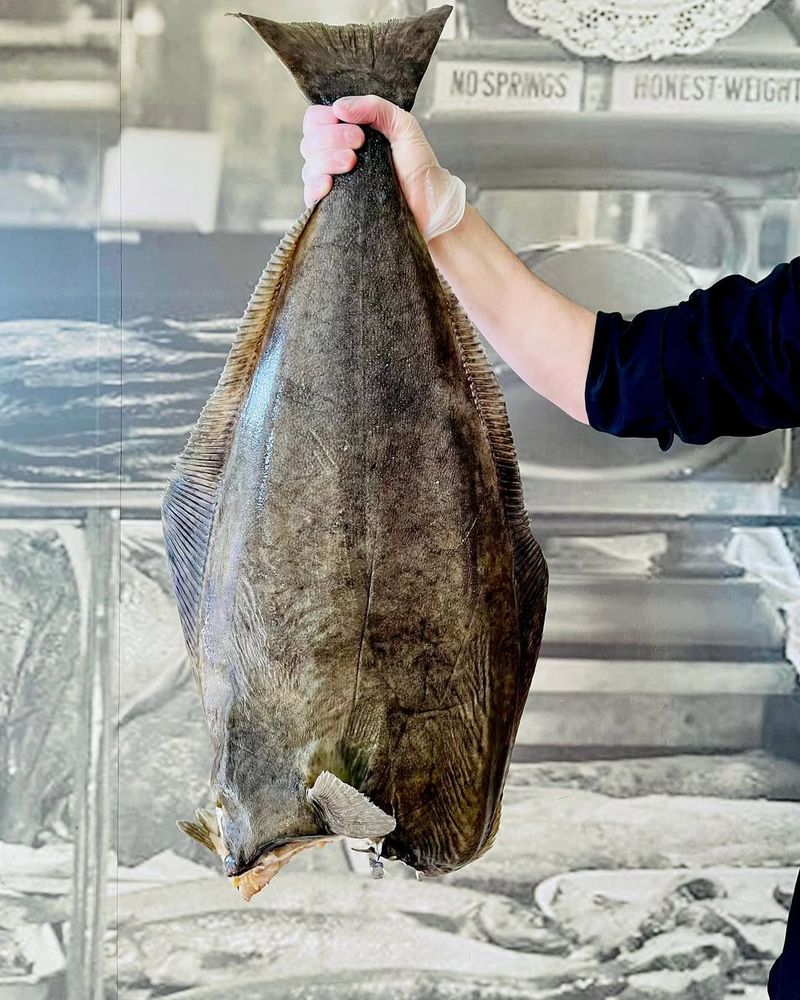
Though Atlantic Halibut is a popular choice among seafood enthusiasts, it’s best avoided due to overfishing concerns. Its depletion in the wild has led to environmental and sustainability issues. Moreover, its price tends to be higher than many budget-friendly fish.
If you care about sustainability and wallet-friendly options, choosing alternatives like farmed halibut or other white fish is advisable. Despite its excellent taste and texture, the environmental impact and cost make it less ideal for budget-conscious consumers.
12. Avoid: Asian Carp
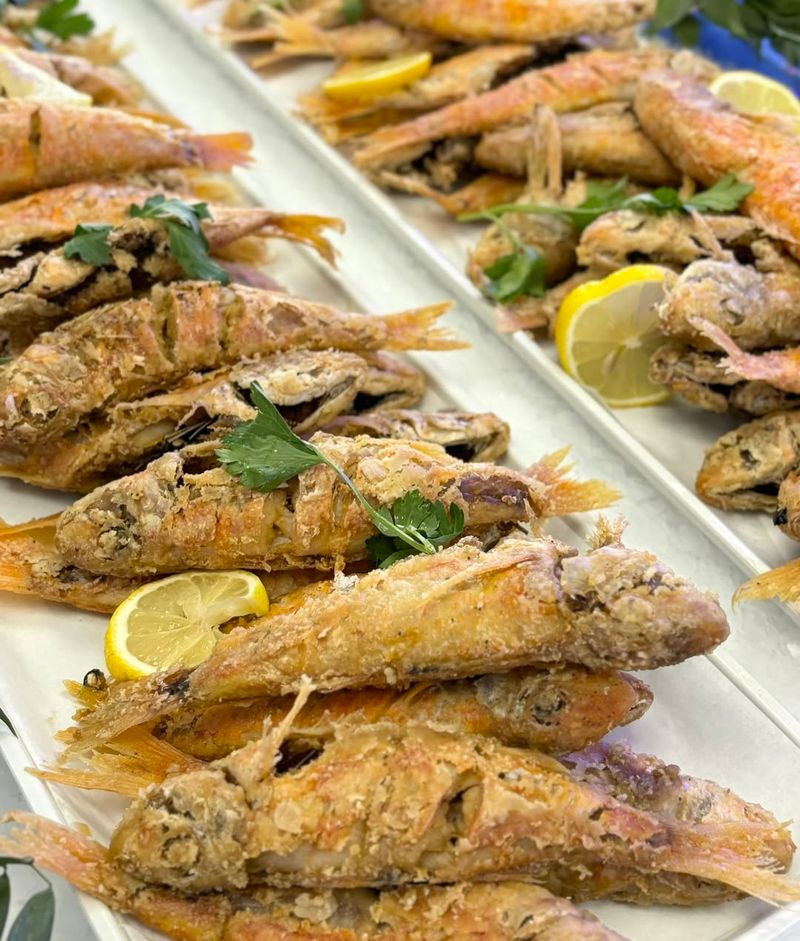
Asian Carp is an invasive species that disrupts local ecosystems, making it a problematic choice despite its low cost. Though abundant, its impact on native fish populations raises concerns. Additionally, its strong ‘muddy’ taste may not appeal to everyone.
While it offers an affordable option, the ecological implications and flavor profile might deter some consumers. For those seeking budget-friendly fish, exploring other species that support local biodiversity is recommended.
13. Avoid: Atlantic Cod
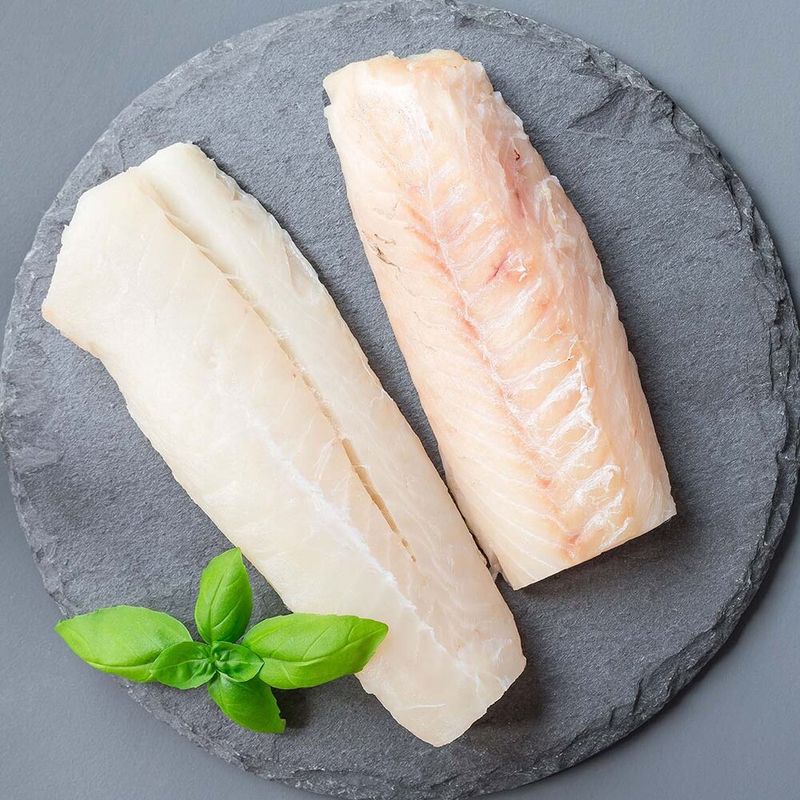
If considering Atlantic Cod, be aware of its overfishing issues, leading to population decline. Its popularity has contributed to environmental challenges, making it a less sustainable choice. Although delicious and versatile, the high demand has spiked prices, reducing its appeal as a cheap fish.
Exploring alternatives like Pacific Cod may offer similar culinary benefits with lower environmental impact. While Atlantic Cod holds culinary prestige, its sustainability issues prompt a pause for reflection.
14. Avoid: Orange Roughy

However appealing Orange Roughy may seem, its long lifespan and slow reproductive rate make it a less sustainable choice. Overfishing has significantly impacted its population, raising concerns among conservationists.
This fish is often priced higher due to its rarity, making it less suitable for bargain hunters. Opting for more sustainable and affordable options ensures both environmental conservation and economic savings. The attractive appearance and taste of Orange Roughy are overshadowed by sustainability issues.
15. Avoid: Basa

Basa is often promoted for its affordability, yet concerns about farming practices in some regions raise red flags. Its rapid growth and mass production can lead to quality issues, impacting taste and texture.
While cheap and widely available, opting for other white fish with more transparent sourcing might be a wiser choice. Basa’s low price tag does not always equate to quality or ethical sourcing, prompting consumers to consider other budget-friendly alternatives.
16. Avoid: Tilapia

Tilapia is a budget-friendly fish, yet its farming practices can lead to environmental and health concerns. Though often farmed in controlled environments, these practices sometimes result in poor water quality and fish health.
If you’re considering tilapia, seeking out responsibly farmed options is crucial. While it remains an economical choice, the potential risks associated with its production methods warrant attention. Making informed choices ensures both nutritional benefits and ecological responsibility.
17. Avoid: Tilefish
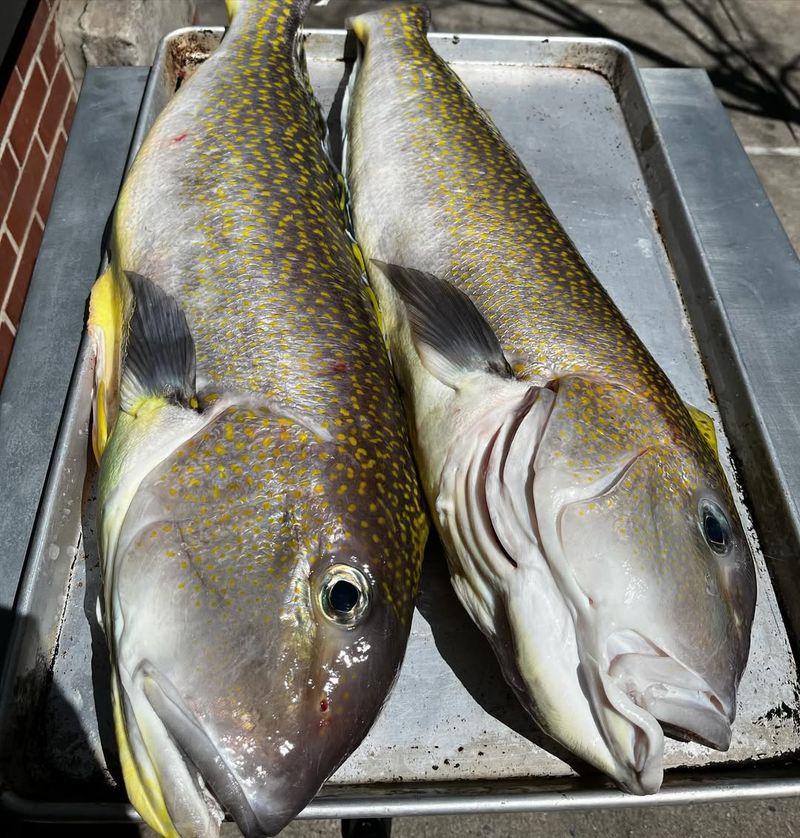
Tilefish, while visually appealing, is often high in mercury levels, posing health risks. The potential for mercury exposure makes it a less desirable choice for frequent consumption. Even though its flavor and appearance are attractive, health concerns overshadow these attributes.
Opting for fish with lower mercury content ensures safer consumption. Tilefish provides a lesson in balancing taste with health considerations, urging consumers to prioritize well-being over aesthetic and flavor appeal.
18. Avoid: Chilean Sea Bass
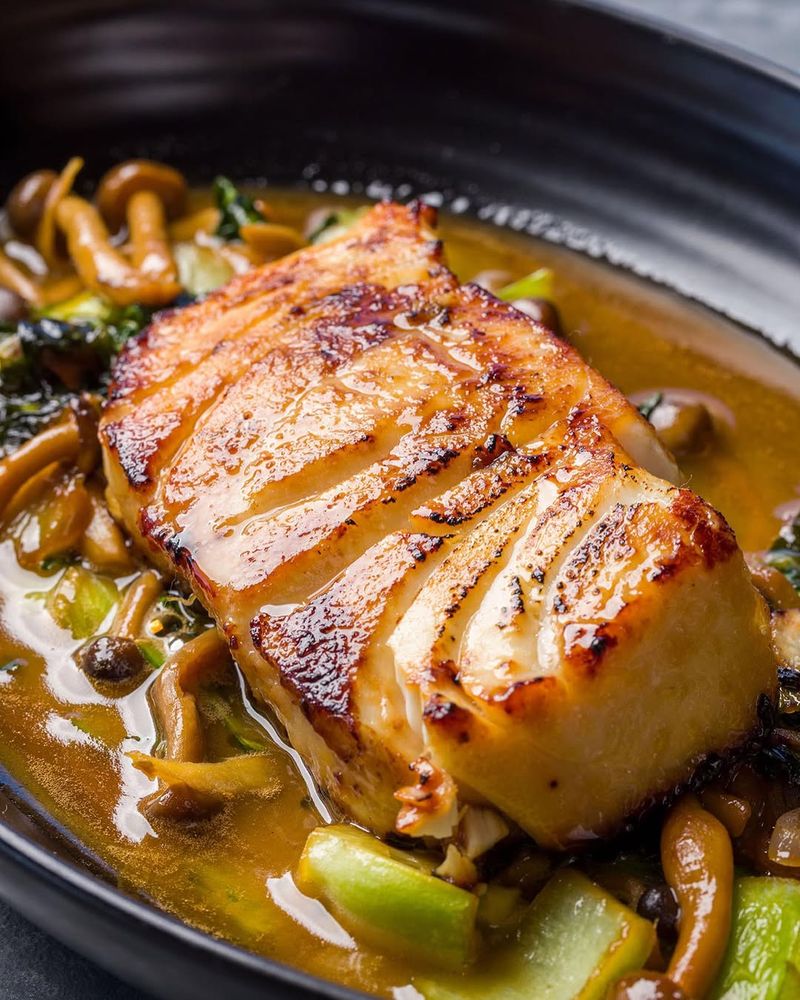
Chilean Sea Bass is often associated with high prices due to its sought-after taste and texture. However, its overfishing and illegal fishing activities have led to significant sustainability issues. The high cost does not justify the environmental impact, making it a questionable choice for those mindful of ecological concerns.
Exploring more sustainable options allows for both budget savings and environmental stewardship. Despite its culinary allure, the drawbacks of choosing Chilean Sea Bass weigh heavily.

